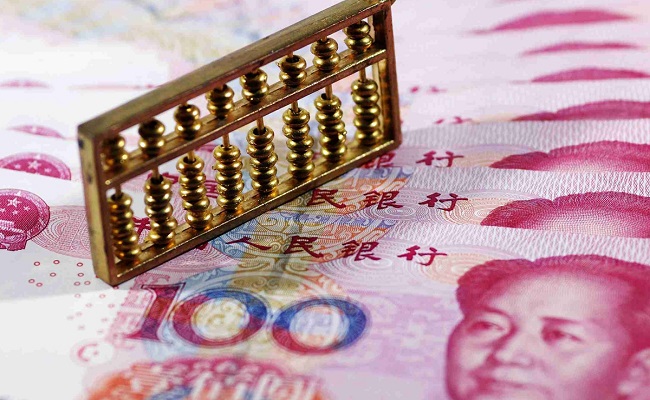Exchange rates play a crucial role in the global economy, determining the value of one currency relative to another. The exchange rate of the Chinese Yuan (CNY), also known as the Renminbi (RMB), is of particular interest due to China's significant economic influence. Understanding the mechanisms behind the Yuan's exchange rate is essential for investors, businesses, and policymakers.
Visit yuan-breakthrough.com if you are looking for a free and easy-to-use website that helps people find an education company to start learning about investments.
Fixed vs. Floating Exchange Rates
Fixed exchange rate systems peg a currency's value to another currency or a basket of currencies, ensuring stability but limiting flexibility. In contrast, floating exchange rate systems allow a currency's value to be determined by market forces, providing flexibility but potentially leading to volatility.
China has historically employed a fixed exchange rate system, tightly controlling the Yuan's value against the US Dollar (USD). However, since 2005, China has adopted a managed float regime, allowing the Yuan to fluctuate within a specified band relative to a basket of currencies, with the USD as a dominant reference.
Yuan Exchange Rate Regimes
China's exchange rate policy has evolved. Before 1994, China maintained a dual exchange rate system, with different rates for trade and non-trade transactions. In 1994, China unified its exchange rates and pegged the Yuan to the USD at a fixed rate.
In 2005, China announced a shift to a managed float regime, allowing the Yuan to appreciate gradually against the USD. This move was in response to international pressure, as many trading partners believed the Yuan was undervalued, giving China an unfair trade advantage.
Since then, China has continued to adjust its exchange rate policy, aiming to maintain stability while allowing for gradual appreciation to reflect economic fundamentals.
Factors Affecting the Yuan Exchange Rate
Several factors influence the Yuan's exchange rate, including:
Economic Factors: Factors such as inflation, interest rates, and economic growth can impact the Yuan's value. For example, higher inflation in China compared to its trading partners may lead to depreciation pressure on the Yuan.
Political Factors: Government policies, such as trade policies and capital controls, can influence the Yuan's exchange rate. Political stability and relations with trading partners also play a role.
External Factors: Global economic conditions, including the strength of the USD, commodity prices, and geopolitical events, can affect the Yuan's value. China's trade relations and balance of payments also impact its exchange rate.
Yuan Internationalization and Exchange Rate Implications
Internationalization of the Yuan is a key goal for China, aiming to reduce reliance on the USD in international trade and finance. A more widely used Yuan could lead to increased demand, potentially appreciating its value. However, internationalization also poses challenges, such as managing capital flows and maintaining exchange rate stability.
The Yuan's exchange rate has implications for China's global trade. A weaker Yuan can make Chinese exports more competitive but may also lead to inflation and capital outflows. A stronger Yuan, on the other hand, can reduce the cost of imports but may harm export competitiveness.
Yuan Exchange Rate Mechanisms and Policy Tools
China's exchange rate is managed by the People's Bank of China (PBOC), which uses a variety of policy tools to influence the Yuan's value. These include setting a daily reference rate, intervening in the foreign exchange market, and implementing capital controls.
The PBOC aims to maintain the Yuan's stability while allowing for gradual adjustments based on economic fundamentals. However, critics argue that China's exchange rate policy is sometimes used to gain a competitive advantage in trade, leading to tensions with trading partners.
Future Trends in Yuan Exchange Rate Mechanisms
Looking ahead, China is likely to continue balancing the need for exchange rate stability to internationalize the Yuan. China may further liberalize its capital account and allow the Yuan to float more freely, although this process is expected to be gradual to avoid disrupting the economy.
The rise of digital currencies, such as China's digital Yuan, could also impact the Yuan's exchange rate. A digital Yuan could enhance international use and reduce transaction costs, potentially affecting the demand for physical Yuan and its exchange rate.
Conclusion
In conclusion, understanding the mechanisms behind the Yuan exchange rate is essential for navigating China's evolving economy and its role in the global financial system. As China continues to reform its exchange rate regime and promote international use of the Yuan, the dynamics of the Yuan's exchange rate will remain a key area of interest and debate.
